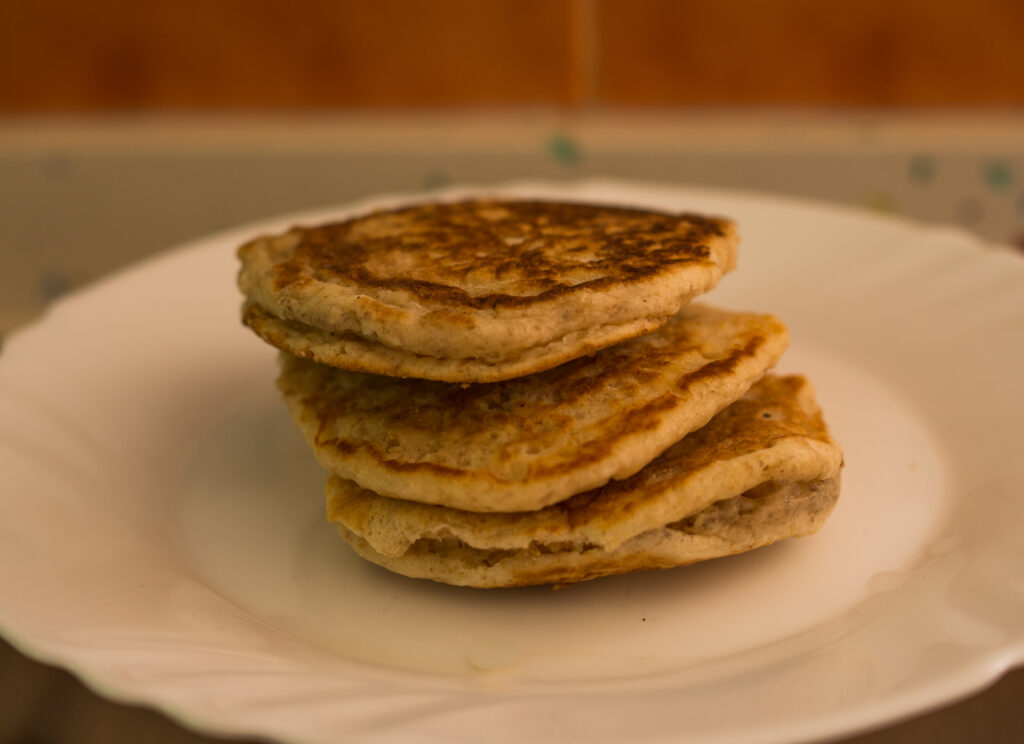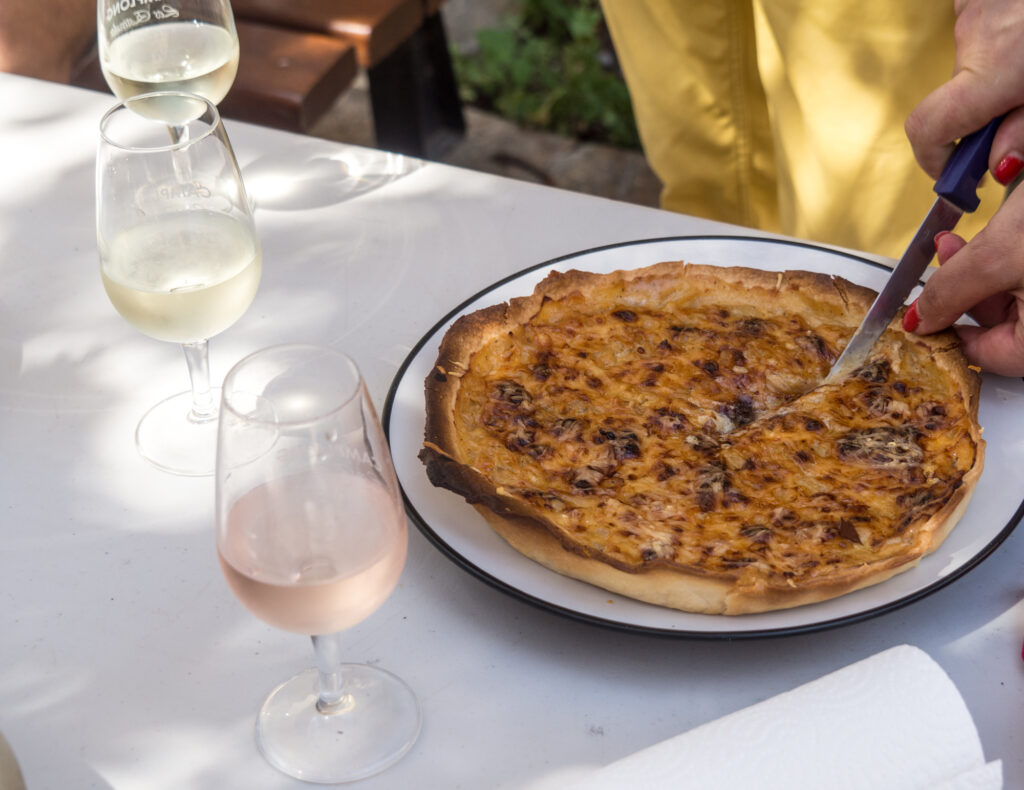 I came across this recipe via Google, and it’s such a quick and easy method of making blini, with good results, that I decided to record it. It doesn’t rely on the starter for rising, so you can use surplus starter straight from the fridge, or refreshed starter —- it doesn’t matter. The recipe makes a large quantity, but they keep well covered in the fridge for a couple of days, or you can freeze them. Reheat for 20 seconds or so in the microwave. As well as the obvious topping of smoked salmon and soft cheese, I like them with butter and honey, or maple syrup and cream.
I came across this recipe via Google, and it’s such a quick and easy method of making blini, with good results, that I decided to record it. It doesn’t rely on the starter for rising, so you can use surplus starter straight from the fridge, or refreshed starter —- it doesn’t matter. The recipe makes a large quantity, but they keep well covered in the fridge for a couple of days, or you can freeze them. Reheat for 20 seconds or so in the microwave. As well as the obvious topping of smoked salmon and soft cheese, I like them with butter and honey, or maple syrup and cream.
Officially, blini are made using buckwheat flour (which is gluten-free), but if you don’t have any then wholemeal wheat flour is a fine substitute. And while they are quick and easy, try to plan ahead so you can keep the batter in the fridge overnight, or at least a few hours.
Read More






